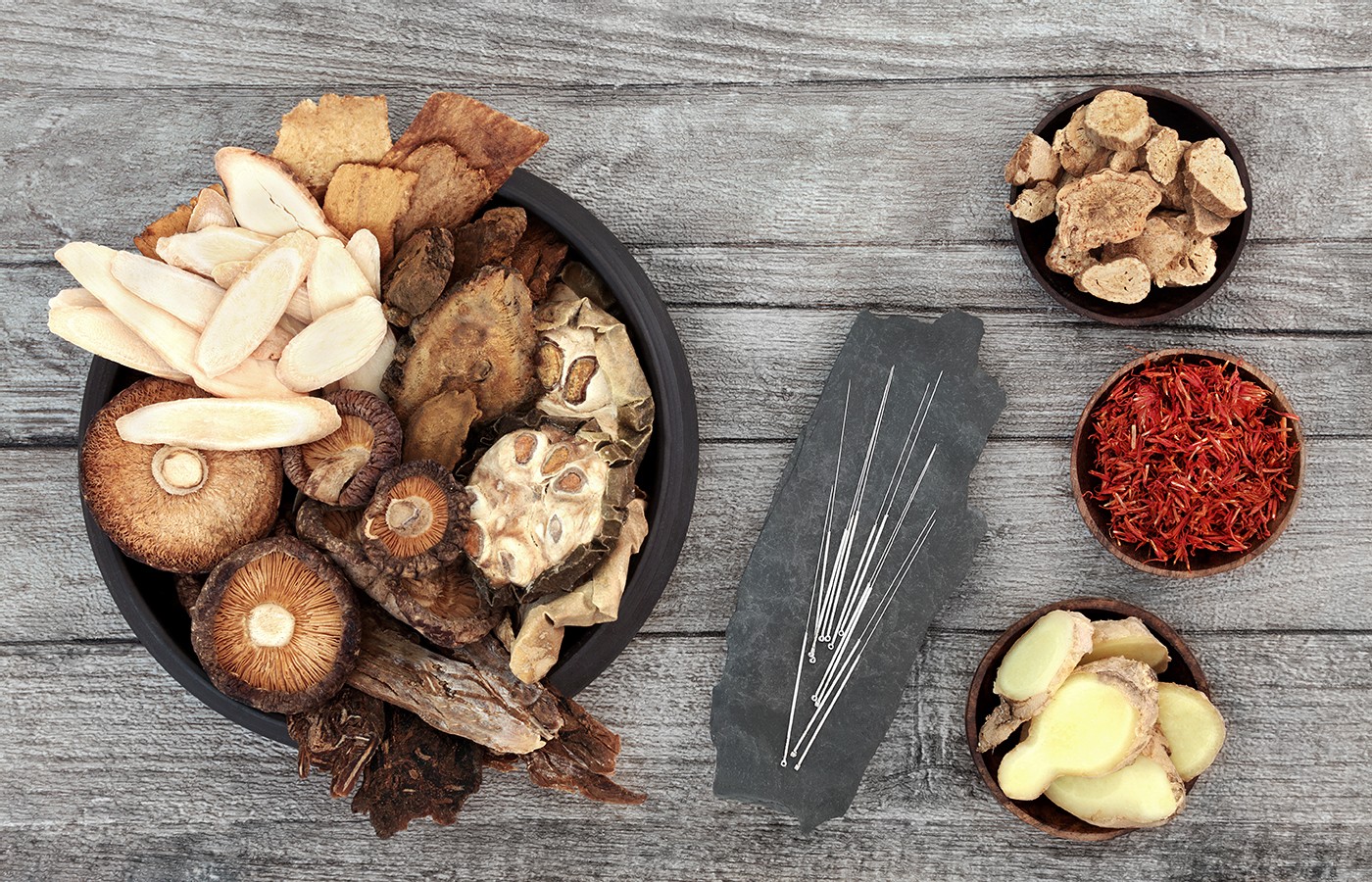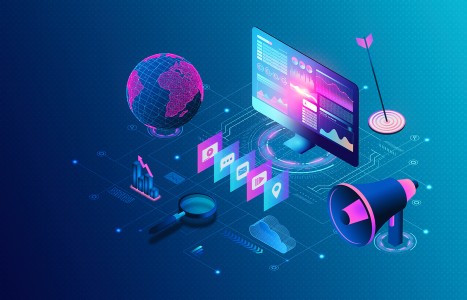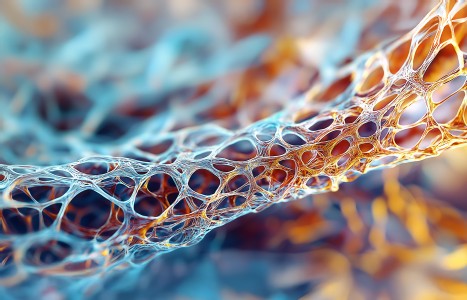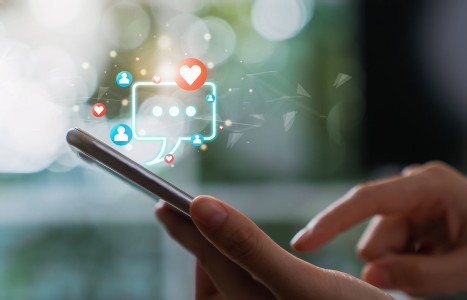Think of your most difficult patient – the one you try to motivate and work so hard with to develop a realistic treatment plan with achievable and measurable goals. Week after week, you see this patient struggle, sinking deeper into hopelessness as their health and quality of life continue to worsen. What if there was something else you could do that could change their outlook and their life? The solution is as simple as an automated program.
| Digital ExclusiveTCM and the Eurocentric Gaze (Pt. 1)
- In clinical trials, acupuncture has repeatedly been shown to be effective at treating conditions like low back pain, chronic pain, and migraine.
- Its herbal medicinals have been shown to have anti-viral, anti-tumor, and even anti-depressant properties.
- And yet there are still many people who dismiss the medicine outright, assuming it doesn’t work or is somehow akin to believing in magic.
In 2015, the Nobel committee conferred a Nobel Prize in medicine upon chemist Tu Youyou for her 1971 discovery of artemisinin. By isolating the chemical artemisinin from Artemisia annua, an herb known in traditional Chinese medicine as qinghao, Youyou set the stage for the creation of an antimalaria drug that has saved millions of lives.
The discovery was profound and important, but it was also rooted in a knowledge of traditional east Asian medicine. The herb, qinghao, from which artemisinin was isolated, has been indicated for antimalarial treatments since the 4th century CE.1 The discovery of how to use the herb and for what it was effective was not new. It was, in fact, extremely old and the product of many significant minds gathering evidence for generations.
What we were seeing was modern science looking to traditional knowledge and then employing modern scientific techniques to bring an effective medical treatment to the widest benefit possible. And yet, when the Nobel committee announced the prize, they were also careful to separate the celebration of the scientific discovery from a celebration of TCM.2 Now, why might that be?
In clinical trials, acupuncture has repeatedly been shown to be effective at treating conditions like low back pain,3 chronic pain,4 and migraine.5 Its herbal medicinals have been shown to have anti-viral,6 anti-tumor,7 and even anti-depressant8 properties. And yet there are still many people who dismiss the medicine outright, assuming it doesn’t work or is somehow akin to believing in magic. I ask again: Why exactly might that be?
One can fathom all kinds of reasons that people have a negative emotional reaction to the concepts of acupuncture and traditional east Asian herbal medicine, but I would argue that some of these are – far from being evidence of scientific reasoning – rooted in ignorance, xenophobia, and unexamined racism.
There is a misconception that the training that goes into becoming a licensed acupuncturist is equivalent to that of a one-year certificate program, but in actuality, the training is extensive, rigorous, and lifelong. Postgraduate TCM programs require their students to have a basic premed education with prerequisites in chemistry, biology, physics, and psychology.
In order to attain licensure in California, students must complete 3,000 hours of theoretical and clinical training. After they graduate from their postgraduate educational institution, they sit for extensive board exams that test everything from biomedicine to herbal formulas.
Once TCM practitioners are practicing, their education and training doesn’t end there. They must complete yearly continuing education requirements with options for study ranging from topics in endocrinology to palliative care, and most practitioners continue to enhance their practice by doing additional training in programs like the Sloan Kettering Fundamentals of Oncology certification program, ABORM’s reproductive medicine certification, study in China, or doctoral programs here in the U.S.
Compare this with the 54 hours of training a physical therapist needs in order to be able to perform dry needling – a technique of inserting needles into patients that is essentially a cooption of acupuncture. Medical professionals who practice dry needling claim the procedure is an “emerging technique”9 with no relationship to acupuncture, but this is an inaccurate representation.
I tend to agree with Fan, et al. (2016),10 who conclude that “attempts to rebrand acupuncture as dry needling are a classic form of cultural appropriation.” If dry needling were to be used to bring acupuncture to a wider range of patients, that would be wonderful. But the problem with cultural appropriation is that it seldom elevates the culture from which it steals. And when one examines studies on dry needling versus studies on acupuncture, a surprising truth becomes apparent.
Although dry needling is basically acupuncture without the practitioner having a requisite depth of knowledge about the most basic principles of the medicine, studies on the effectiveness of dry needling tend to conclude that it is an effective and scientific medical procedure, whereas studies on acupuncture that net similar data tend to conclude that the practice is not recommended because the mechanism isn’t understood. Now, why might that be?
There is an ease with which many people in the U.S. readily dismiss acupuncture as “new age” – a misnomer if there ever was one, considering the medicine is thousands of years old. The Wikipedia article about acupuncture goes so far as to claim it is a “pseudoscience.” Just because something doesn’t fit readily into a relatively modern conception of the scientific design does not mean that it is pseudoscience.
Medical science used to maintain that the miasmic theory of disease was “truth.” The notion that the only route for illness to be introduced into the body was through a mysterious vapor that floated through the air like a magical, invisible mist was considered cutting-edge science.11
Surgeries used to be performed with the assistance of mesmerism, in the hopes that the poor soul strapped to the table and having his leg amputated could simply be mesmerized into ignoring the teeth of the saw cutting through his flesh and bone. There was, of course, little evidence that this worked, and yet it was the standard of care prior to the discovery of ether.11
This is to say nothing of the medical “science” surrounding our understanding of women’s health and physiology in the West – a medicine in which the majority of a woman’s ills were considered to be due to her womb literally wandering around her body and making her act “hysterical,” and in which the treatment for pretty much any female illness was to confine a woman to a room and starve her.12
We can look back on these medical missteps and feel superior and modern, but allopathic medicine for all its wonders (and I do not in any way contend that allopathic medicine isn’t for the most part a wonder and one on which I rely heavily), there are still unanswered questions that we simply gloss over.
Critics of TCM often claim that the medicine is dangerous because some of our herbs are toxic if misused. But some over-the-counter pharmaceuticals are often so perniciously toxic that they shut down organs.13 Similarly, if one were to apply for a patent for aspirin today it would doubtless be denied based on how potentially lethal the medicine is.14
Should we stop taking aspirin en masse? Or should we take TCM herbs more seriously and regulate their use more effectively?
Another oft-heard critique is that because TCM doesn’t fit easily into the parameters required by clinical trials, it must not be effective. There is a notion that if something doesn’t yield clear results within our current model of scientific clinical design that it doesn’t work and therefore isn’t worth anyone’s time.
But what do we do with thousands of years of empirical evidence? To put this into more immediate and Western terms, we still don’t know how many antidepressants work.15 Does that mean we they are pseudoscientific? Should we stop using them? For the people who find relief from them, are they simply benefitting from the placebo effect or some “new age” nonsense?
If we are going to call a medicine that has been practiced effectively and which has garnered results for thousands of years “pseudoscience,” then I think we must also consider some of the holes in our own allopathic medicine history.
Editor’s Note: This article continues in the December issue (web exclusive).
References
- Hsu E. Reflections on the ‘discovery’ of the antimalarial qinghao. Brit J Clin Pharmacol, 2006 Jun;61(6):666-670.
- Cherkin DC, Sherman KJ, Avins AL, et al. A randomized trial comparing acupuncture, simulated acupuncture, and usual care for chronic low back pain. Arch Int Med, 2009;169(9):858-866.
- Manohar PR. “Nobel Prize, Traditional Chinese Medicine and Lessons for Ayurveda?” Ancient Science of Life. 2015;35(2):67-69.
- Vickers AJ, Cronin AM, Maschino AC, et al. Acupuncture for chronic pain: individual patient data meta-analysis. Arch Int Med, 2012;172(19):1444-1453.
- Linde K, Allais G, Brinkhaus B, et al. Acupuncture for migraine prophylaxis. Cochr Datab Systematic Rev, 2009;(1):CD001218.
- Li T, Peng T. Traditional Chinese herbal medicine as a source of molecules with antiviral activity. Antiviral Res, 2013 Jan;97(1):1-9.
- Wang Y, Zhang Q, et al. Antitumor effects of immunity-enhancing traditional Chinese medicine. Biomed & Pharmacother, 2020;121.
- Wang YS, Shen CY, Jiang JG. Antidepressant active ingredients from herbs and nutraceuticals used in TCM: pharmacological mechanisms and prospects for drug discovery. Pharmacolog Res, 2019;150.
- Luque-Moreno C, Granja-Domínguez A, Moral-Munoz JA, et al. Effectiveness of dry needling versus placebo on gait performance, spasticity, electromyographic activity, pain, range-of-movement and quality of life in patients with multiple sclerosis: a randomized controlled trial protocol. Brain Sci, 2020;10(12):997.
- Fan AY, Zheng L, Yang G. Evidence that dry needling is the intent to bypass regulation to practice acupuncture in the United States. J Alt Compl Med, 2016;22(8):591-3.
- Fitzharris L. The Butchering Art: Joseph Lister’s Quest to Transform the Grisly World of Victorian Medicine, 1st Edition. Scientific American / Farrar Strauss Giroux, 2017.
- Ehrenreich B, English D. For Her Own Good, 2nd Edition. Doubleday, 1978.
- Jaeschke H. Acetaminophen: dose-dependent drug hepatotoxicity and acute liver failure in patients. Digestive Diseases. 2015;33(4):464-71.
- Westphal C. “The Myth of the Perfect Drug.” (op ed). The Boston Globe, June 28, 2010. Read Here
- Mock J. “How Antidepressants Work Is a Mystery Scientists Still Don’t Understand.” Discover Magazine, July 22, 2020. Read Here



